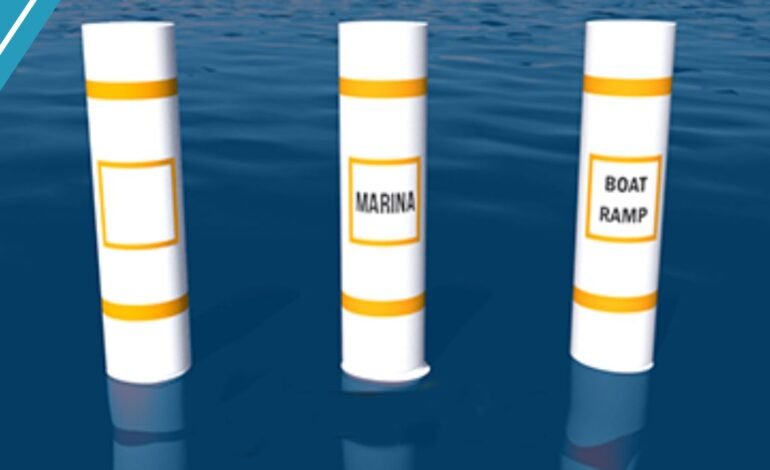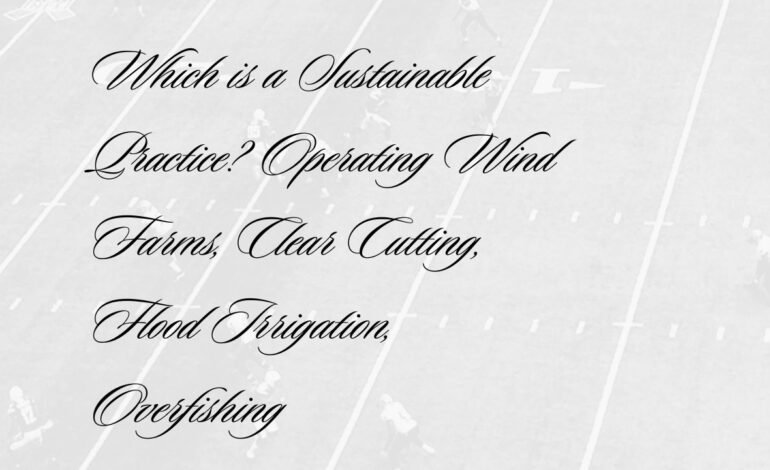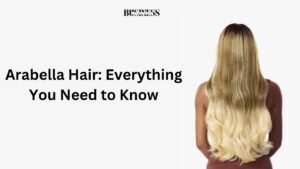
You See a White Buoy with Orange Markings and Black Lettering. What Type of Buoy Is This?
Encountering a white buoy with orange markings and black lettering on the water often sparks questions about its meaning. Understanding its purpose can help you navigate waterways safely and stay informed about local regulations.
This type of buoy serves as a regulatory marker, providing critical information such as warnings, restrictions, or instructions to ensure safe boating practices. Let’s dive into the details of this buoy type, its various uses, and what each marking signifies.
What Type of Buoy Is a White Buoy with Orange Markings and Black Lettering?
A white buoy with orange markings and black lettering is a regulatory marker. These buoys are designed to provide information to boaters, indicating rules and warnings specific to the water area. They can help boaters identify speed limits, restricted zones, danger areas, and much more. The buoy’s purpose can be broken down into several types:
- Information: Gives directions or information about the waterway.
- Regulation: Indicates speed limits, no-wake zones, or restricted access.
- Hazard Warning: Alerts to rocks, shallow areas, or other potential dangers.
What Do the Orange Markings on This Buoy Mean?
The orange markings on these regulatory buoys represent different instructions, depending on their shape and location on the buoy. The four common orange symbols include:
- Diamonds: These usually indicate danger areas, such as rocks, dams, or underwater hazards.
- Circles: Represent areas with restricted operations, such as speed zones.
- Crossed Diamonds: Used to mark off-limits areas, such as swimming zones or environmental protection areas.
- Squares/Rectangles: Often contain additional information, like directions or notices.
Each marking serves a specific role in keeping the waterway safe and organized.
Why Are Regulatory Buoys Important for Boaters?
Regulatory buoys are essential because they keep boaters aware of potential hazards and rules for specific waterways. They reduce the risk of accidents, environmental harm, and conflicts among boaters. The main benefits of these buoys are:
- Safety: Warns boaters about dangerous areas, like shallow water or rocks.
- Guidance: Provides information on speed limits or restricted zones.
- Environmental Protection: Protects sensitive areas, such as wildlife habitats.
- Traffic Management: Helps reduce congestion by designating specific areas for certain activities.
Using these buoys helps maintain a well-organized and safer boating environment.
What Are the Common Types of Regulatory Buoys?
While there are several types of regulatory buoys, those marked with orange and black lettering are the most noticeable and commonly used. The types include:
- Danger Buoys: Marked with an orange diamond, these warn of immediate dangers, like rocks or submerged objects.
- Controlled Area Buoys: Marked with an orange circle, these specify areas with restrictions, like speed limits.
- Exclusion Buoys: Marked with a crossed diamond, these indicate off-limits areas.
- Information Buoys: These buoys provide information on directions or points of interest.
Each buoy type plays a distinct role, ensuring boaters are informed and stay within safe boundaries.
Benefits of Understanding Regulatory Buoys for Boaters
| Benefit | Explanation |
|---|---|
| Enhanced Safety | Informs boaters of hazards, promoting safe navigation. |
| Environmental Protection | Marks sensitive zones, helping protect aquatic life and habitats. |
| Reduced Accidents | Warns of dangers and restricted areas, decreasing the chance of accidents. |
| Clear Navigation | Provides clear directions, ensuring smooth and organized boating activities. |
What Should You Do If You See a White Buoy with Orange Markings?
When you see a white buoy with orange markings, it’s important to follow the instructions it displays to ensure safety. Here’s a quick guide on what to do:
- Identify the Symbol: Look at the shape of the orange marking to understand its meaning (e.g., diamond for danger).
- Read the Black Lettering: The lettering provides specific instructions, like “No Wake Zone” or “Danger.”
- Follow Instructions Carefully: Adhere to speed limits, keep away from restricted areas, and exercise caution.
- Respect the Environment: If the buoy indicates a protected area, avoid disrupting wildlife and the natural habitat.
Following these steps ensures safe and respectful boating for everyone on the water.
What Are the Differences Between Regulatory Buoys and Other Types of Buoys?
While regulatory buoys provide rules and warnings, other types of buoys serve different purposes. Here’s how they differ:
- Navigation Buoys: Mark safe channels and help with general navigation but don’t contain restrictions.
- Mooring Buoys: Allow boats to tie off temporarily, often for recreational purposes.
- Special Buoys: These indicate special areas for scientific study or fishing zones.
Each type of buoy is tailored to a unique purpose, helping boaters recognize important distinctions on the water.
Conclusion: White Buoy with Orange Markings and Black Lettering
A white buoy with orange markings and black lettering is a regulatory marker, guiding boaters safely through designated areas. Understanding its symbols and instructions can enhance your boating experience by keeping you informed, safe, and respectful of the environment.
By paying attention to these markers, you contribute to a safer and more organized waterway for everyone.













![ffxiv [ocn] You Should See Me in a Crown Mod](https://businessrecorders.com/wp-content/uploads/2024/09/ffxiv-ocn-you-should-see-me-in-a-crown-mod.jpg)